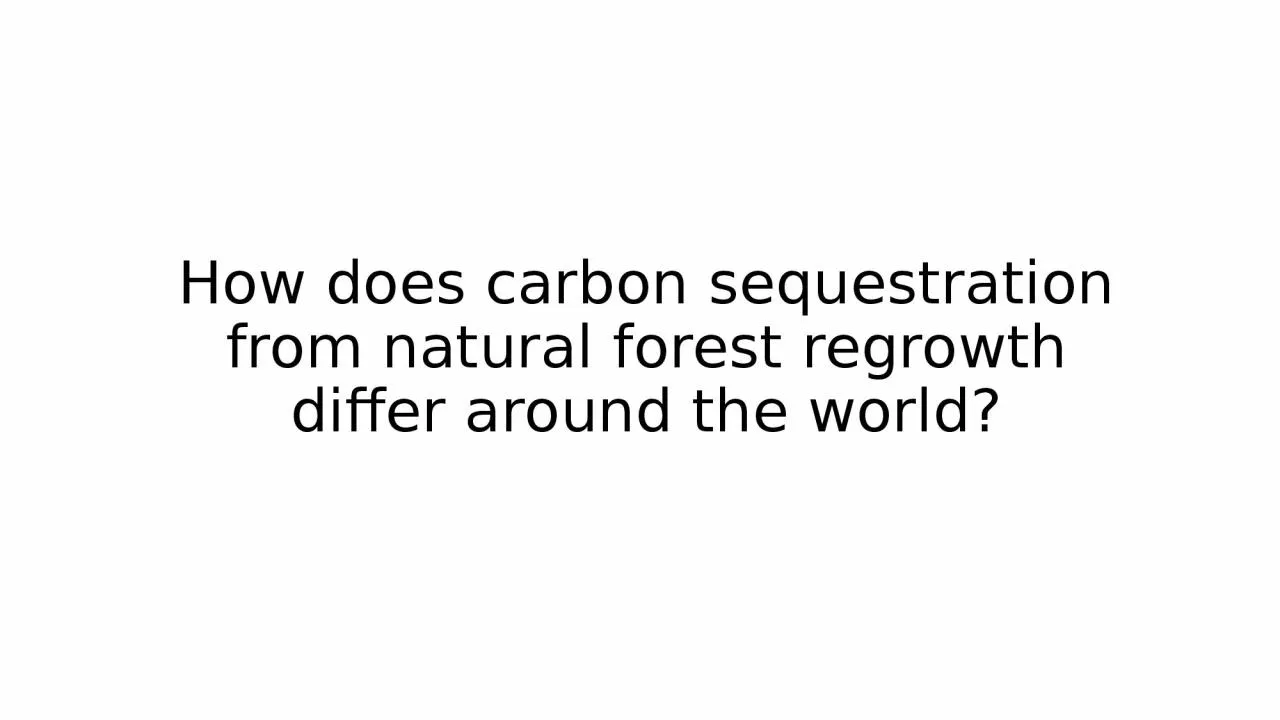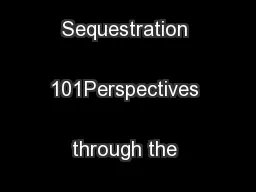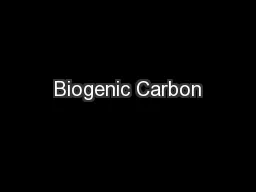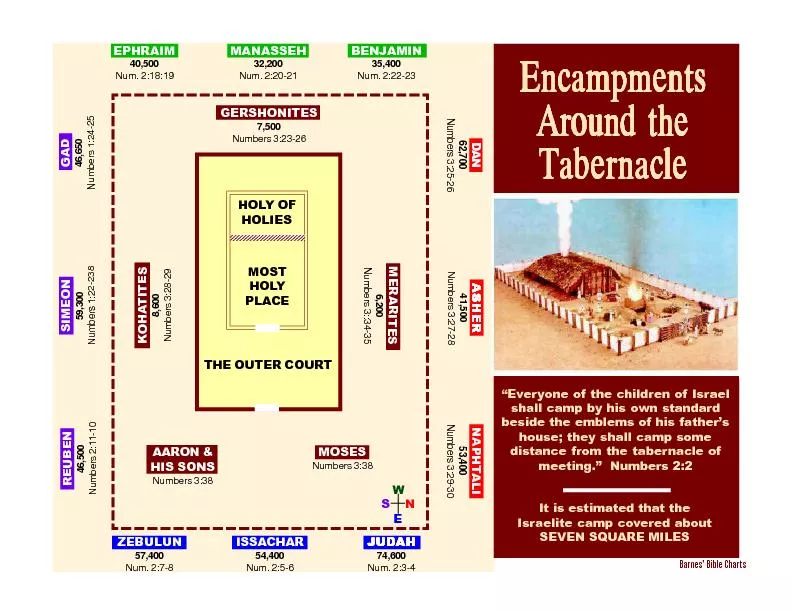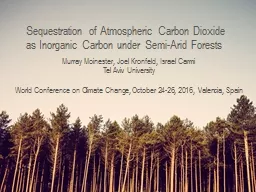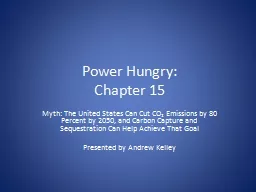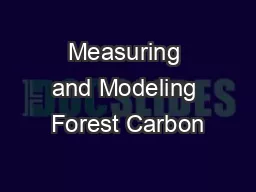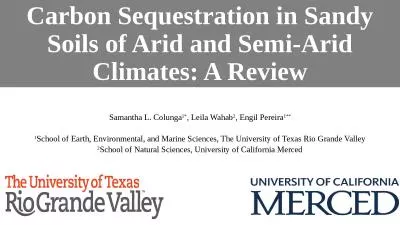PPT-How does carbon sequestration from natural forest regrowth differ around the world?
Author : blanko | Published Date : 2023-10-30
Photosynthesis Cellular Respiration Biological Carbon Cycle Carbon enters all food webs both terrestrial and aquatic through autotrophs usually through photosynthesis
Presentation Embed Code
Download Presentation
Download Presentation The PPT/PDF document "How does carbon sequestration from natur..." is the property of its rightful owner. Permission is granted to download and print the materials on this website for personal, non-commercial use only, and to display it on your personal computer provided you do not modify the materials and that you retain all copyright notices contained in the materials. By downloading content from our website, you accept the terms of this agreement.
How does carbon sequestration from natural forest regrowth differ around the world?: Transcript
Download Rules Of Document
"How does carbon sequestration from natural forest regrowth differ around the world?"The content belongs to its owner. You may download and print it for personal use, without modification, and keep all copyright notices. By downloading, you agree to these terms.
Related Documents

